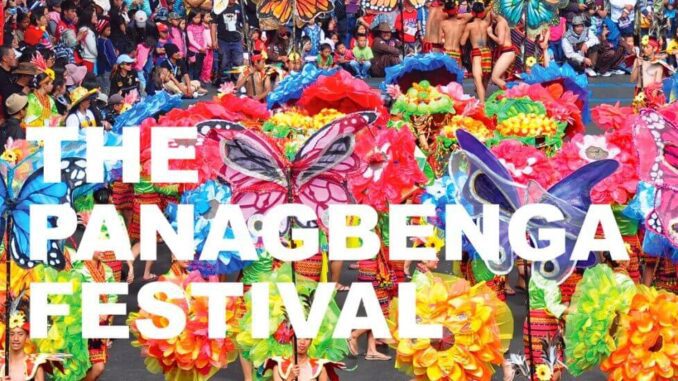
Everything begins with an idea. To turn an idea into reality, a person must have full confidence in the idea. They must also convince the wider community to believe in the idea as much as they do. The Panagbenga festival of Baguio City was once just an idea, brewing in the mind of Atty. Damaso E. Bangaoet, Jr. This festival was a vision of Atty. Bangaouet, as a means to revitalise, and also showcase the local community to the rest of the nation.
Before we get into it, we need to understand the context which brought about this idea.
The setting of this story begins in the mountain city of Baguio. Found in the northern region of Luzon, one of the prominent islands of the Philippines. Baguio was established by the United States as a hill station. This is a settlement established high in the mountains as a means to escape the summer heat engulfing the rest of the country.
This is why Baguio is widely known across the nation as the summer capital of the Philippines. Its year-round cool weather provides a refuge from the usual high humidity felt across the Philippines.
Baguio was established at the site of the indigenous Ibaloi village known as Kafagway. Meaning, unlike many other cities in the Philippines, the establishment of Baguio had no influence from the previous Spanish colonisers. Despite attempts to enter the region, the Spanish hadn’t managed to establish a city on the site.
This means Baguio did not have its own “FIesta” or festival celebrations, unlike many of the other cities of Spanish origin across the nation. As Baguio was non-existent during the Spanish colonial period of the Philippines, it never received any sort of patron saint and was not privy to the annual feast day celebrations carried out to honour these patron saints.
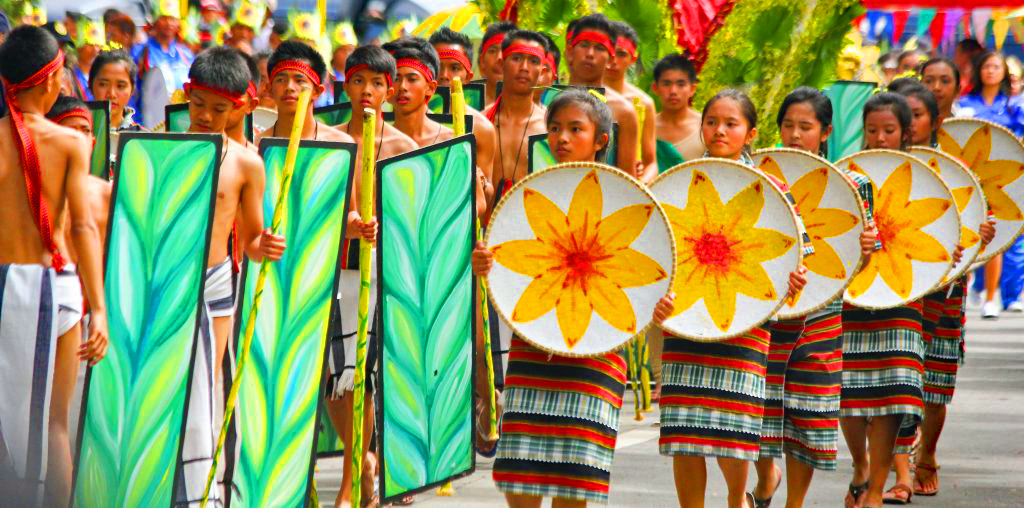

The Panagbenga Festival proposal
To put Baguio on the map something spectacular needed to happen. Visitors did not have a good reason to come to Baguio. There was a small flow of people making the journey to see relatives studying at the Philippine Military Academy. Besides this, there were very few visitors, especially during the early part of the year. Which meant local businesses would continue to suffer unless some drastic action occurred.
Like many other prominent Philippine cities, Baguio needed its own annual celebration. Though there were some small obstacles the city had to overcome before this could happen..
Baguios charter day anniversary fell on September 1. This unfortunately happens to be within the rainy season. So, it’s difficult to confidently plan outdoor events that are common during these celebrations. The whole event, which takes many months of planning could easily be ruined by bad weather.
This is where Atty. Damaso E. Bangaoet entered the picture. In 1995 Atty. Bangaoet proposed that the city should host an annual flower festival in February each year. This idea was proposed to the directors of the John Hay Poro Point Development Corporation, of which Atty. Bangaoet was the firms vice president.
The Board, led by the Bases Conversion Development Authority Chairman Victor A. Lim and the JPDC President Rogello L. Singson approved the project immediately. The idea was then relayed to other sectors of the community who were all very receptive to the idea. Since this famous meeting Atty. Bangaoet has since been known as the father of the Panagbenga or Baguio Flower Festival.


The Panagbenga Festival is born
As of February 1996, the Panagbenga Festival begun. The name, as suggested by activist Ike Picpican was of Kankanaey origin meaning “season of blooming”. The festival became an integral part of boosting the popularity of the region as well as revitalising the local community. The region was recovering from the devastation of the 1990 Luzon earthquake. This hit the region at a magnitude of .7.7, destroying property and infrastructure throughout the region.
the festival became a means for the community to move on from the devastation, and showcase the local flower industry as well as various other local wares. The region had been stagnant leading up to the mid-90s. Even peak seasons such as Christmas, and Holy Week still failed to bring any significant tourism to the region. So the people in the region were very open to new ways to revitalise the region.
The festival began to fill the void in tourism numbers during that early period of the year. The economic slump occurring between the Christmas season and Holy Week slowly becoming less of an issue. The festival began to attract more economic activity to the region during that previously quiet period.
The festival did experience many growing pains; as you would expect when organising an event of that scale. Individual organisers would often organise events at the same time as other events. This would cause internal squabbles between residents who were in charge of these events. They would now have to battle to get the attention of attendees.
There have been other incidents where heavy rain has struck during the festivities. There have been some instances where students continued to perform during the rain, even after officials and other students had chosen not to attend the festival due to the conditions. This was not a good look for the Mayor and other officials who chose to continue with the parades. This lead to several officials suffering during subsequent elections.
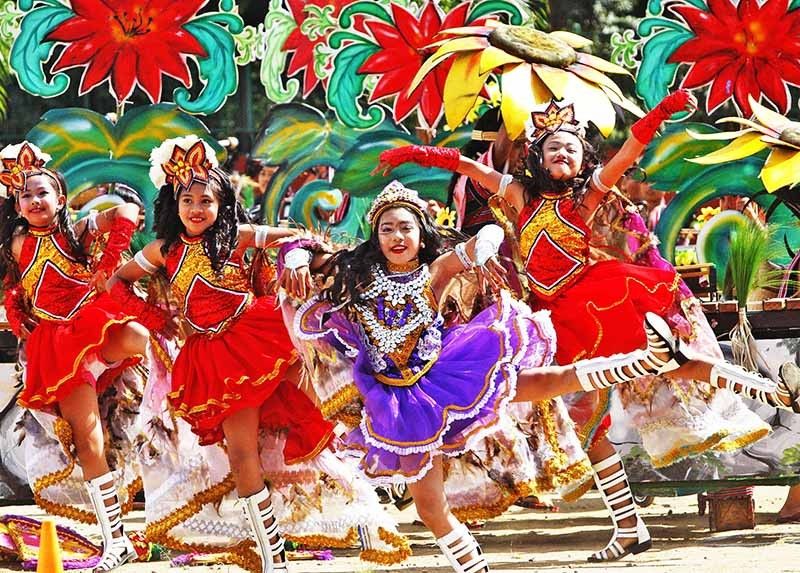

What to expect at the Panagbenga Festival
The festival was almost an instantaneous hit, from the very beginning the festival drew large audiences as well as attracting large media coverage across the country.
In the early days, the festival was a 10-day celebration, spanning from the beginning of one weekend through to the end of the following weekend. This would begin with the ceremonies celebrating the launch of the festival, followed by “Session road in bloom”. This prominent road is closed to traffic during the week so locals can display their wares to the public.
Then on the final weekend, the Grand Parades would take place, this is when Baguios local flower industry is put on full display. Due to the popularity of the festival, the schedule soon blew out to be two weeks long, then three. Even now the festival has grown to encompass the entire month of February.
So what can we expect at the festival today?
Despite the growing schedule the core events still remain somewhat the same. The parades have grown to consist of different floats covered with flowers, as well as street dancing and band competitions. These parades remain the staple events of the festival. The musicians and dancers have uniforms which are also covered in flowers, the dancing is inspired by the Bendian, an Ibaloi dance of celebration which originated from the Cordilleras.
The primary parades during the festival are the Grand Street Parade as well as the Grand Float Parade. During the Grand Street Parade, locals take to the streets of Baguio. Audiences come dressed in colourful costumes, and traditional clothes inspired by the tribes of the region. The Grand Float Parade is the star of the festival, this draws in audiences from across the world. Dozens of flower-covered floats move through the streets of Baguio, the floats are all themed in a manner to showcase the beauty of the region.
Session road in bloom to this day continues to be a part of the festival. It continues to present a prime opportunity for the local community to showcase their goods. The whole festival also receives a grand finale, this takes place at the Baguio Athletic Bowl near Burnham Park. Here the Panagbenga festival is finalised with a stunning fireworks display.
Some events had been discontinued since the earlier days of the festival. One of Atty. Bangaoet’s ideas were to encourage the development of small parks and gardens throughout the barangays of Baguio, through the Baraguays Community Garden competition. Although the competition has since been discontinued, many local organisations have begun to run similar activities throughout the month of festivities.


Now for some words of advice
This is mostly for those unfamiliar with the festivals of this nature held across the Philippines. The streets can become highly congested with pedestrians, as well as a large majority of streets being closed. Due to these factors, it is not recommended to try driving to the different parts of the festival. If you are planning on attending the festival it is recommended to book your accommodation early in a practical location, allowing you to walk instead.
It is also recommended that you bring comfortable clothes, and supplies like snacks and water. You’ll be doing a lot of walking through the busy streets, which may leave you feeling dehydrated. A lot of the stores will also be very crowded, so it is better to come prepared ahead of time.
As always it is a good idea to be mindful of your belongings. Only bring with you what you need, and keep any of your bags or backpacks where you can see them. You do not want to become a target of opportunists taking advantage of the crowded streets.
Also, Baguio is now a tourist hot spot for a reason. There is so much to see and do in the region, so why not book a few extra days to see a few other tourist attractions while you are there. A lot of the attractions are easy to access and are within close proximity to each other, so a lot can be achieved within a short amount of time in Baguio.


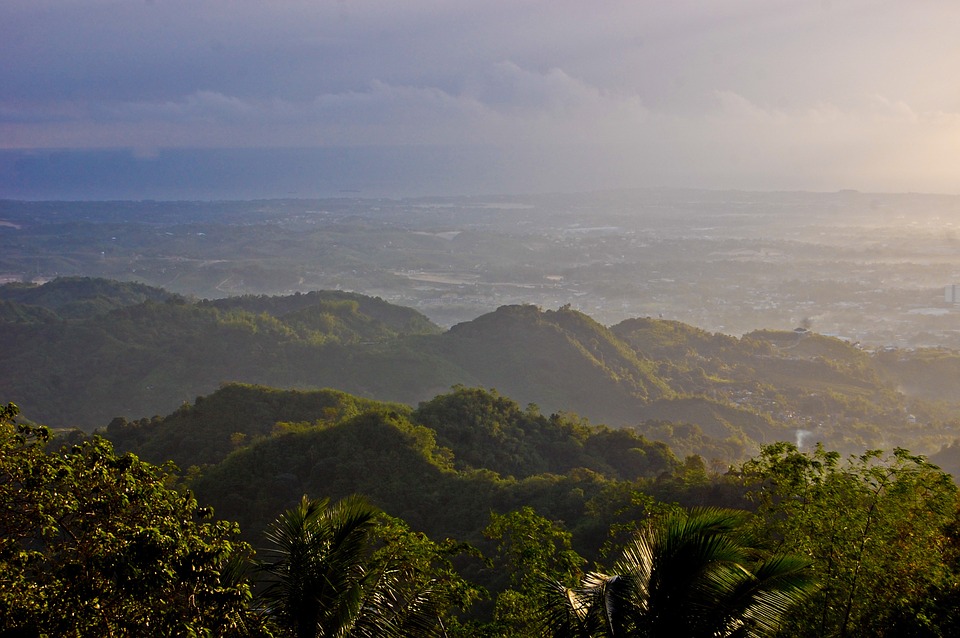
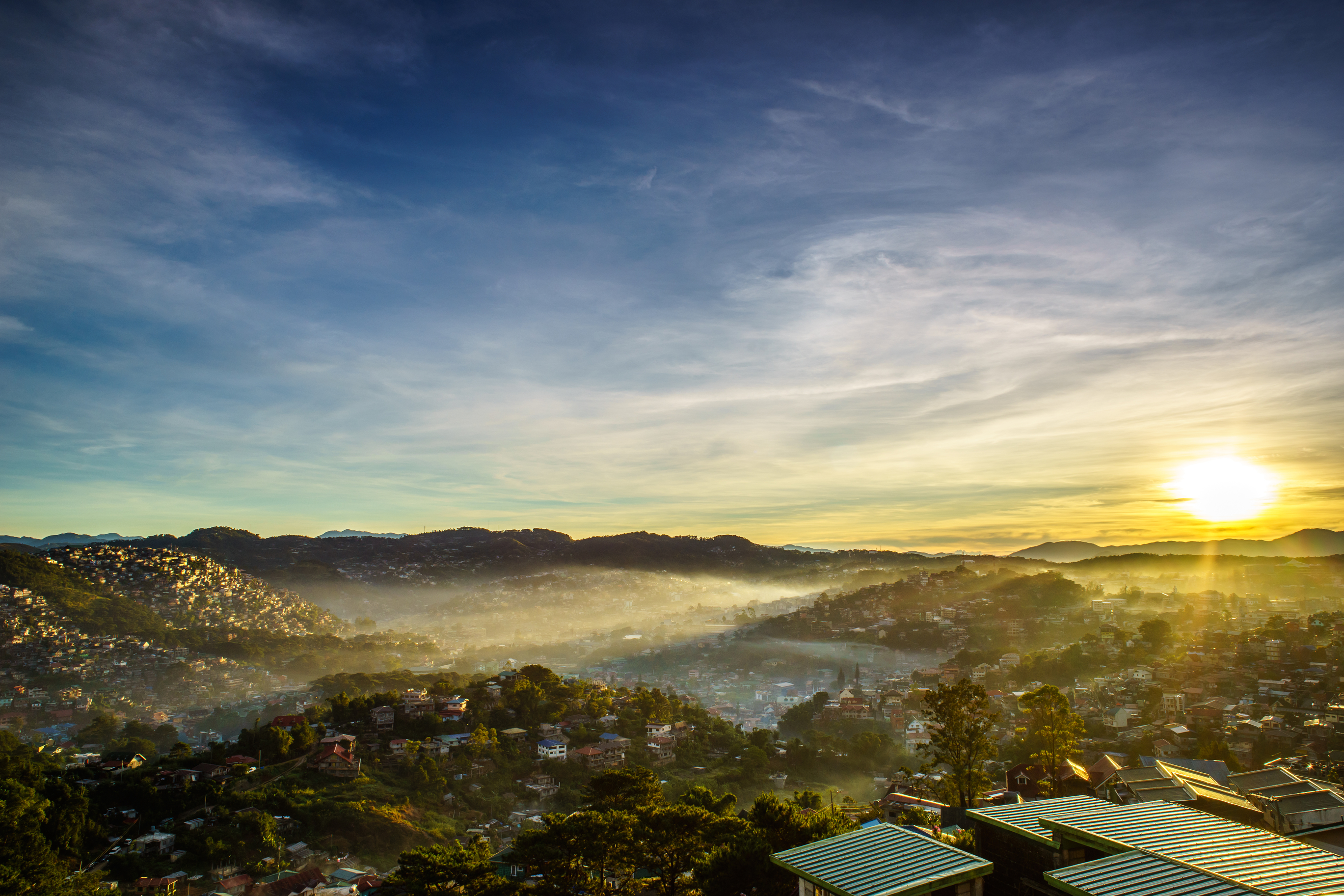
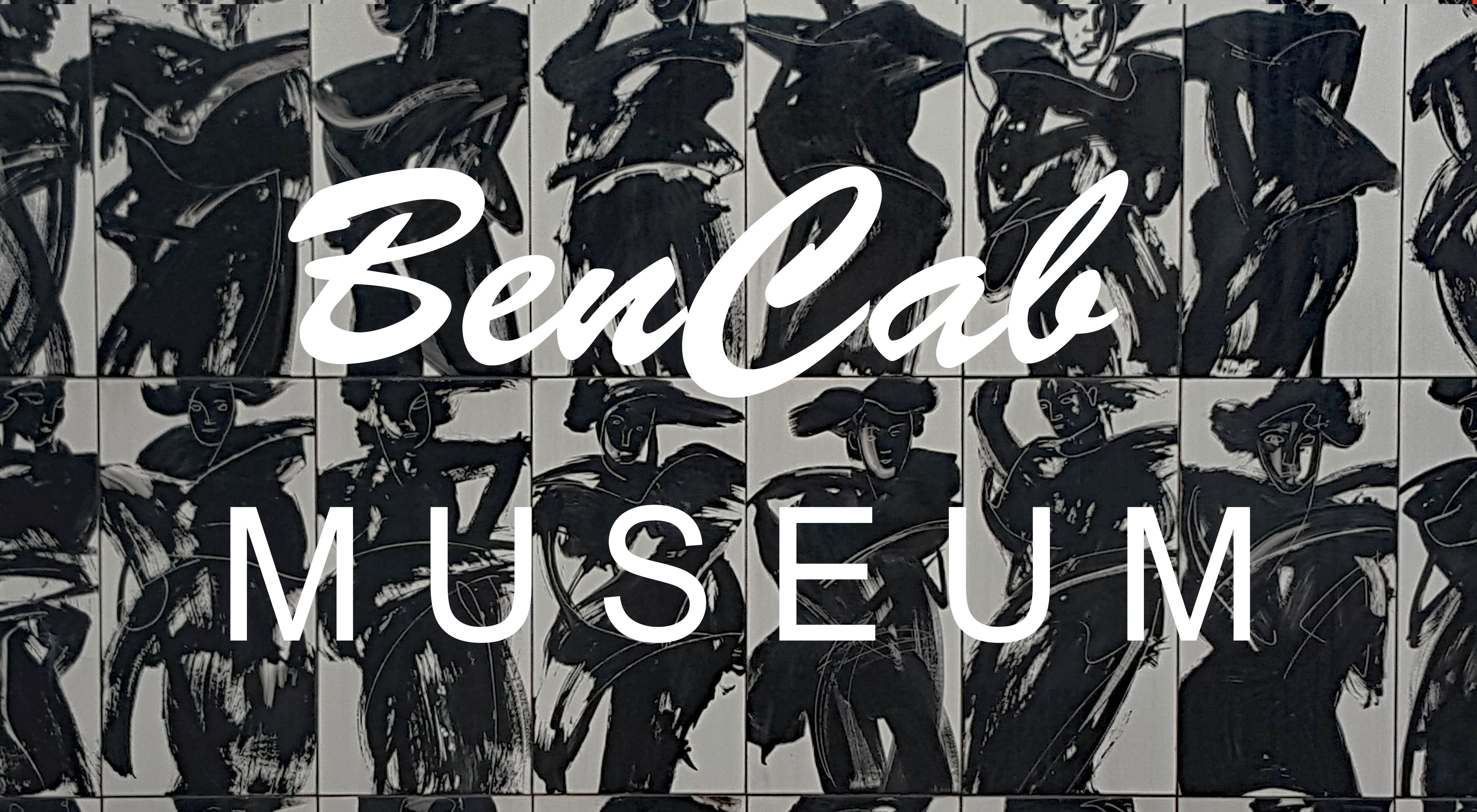
Be the first to comment